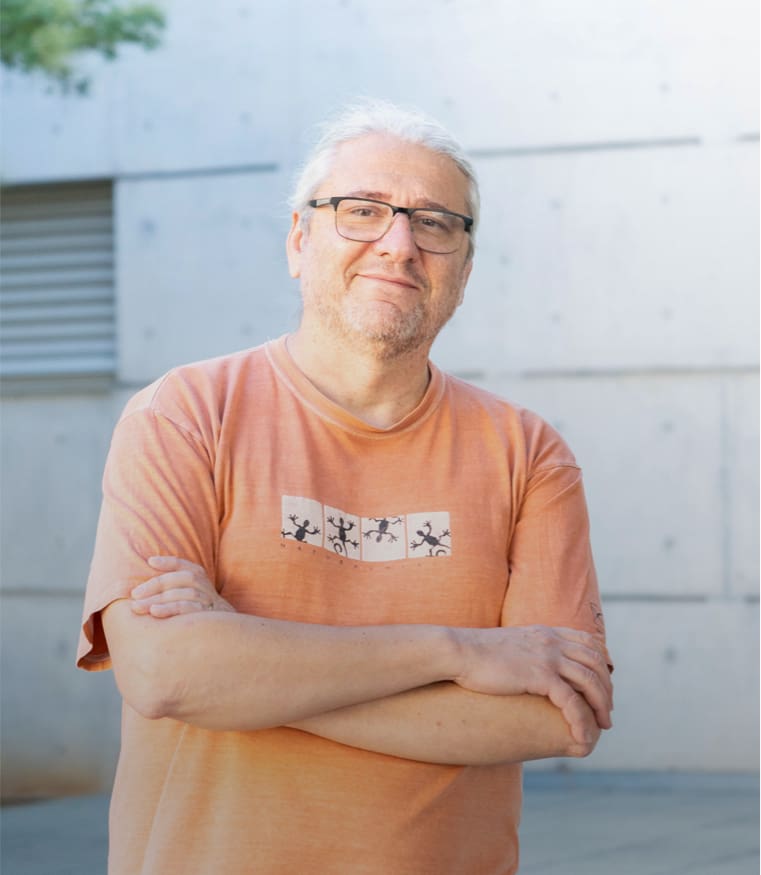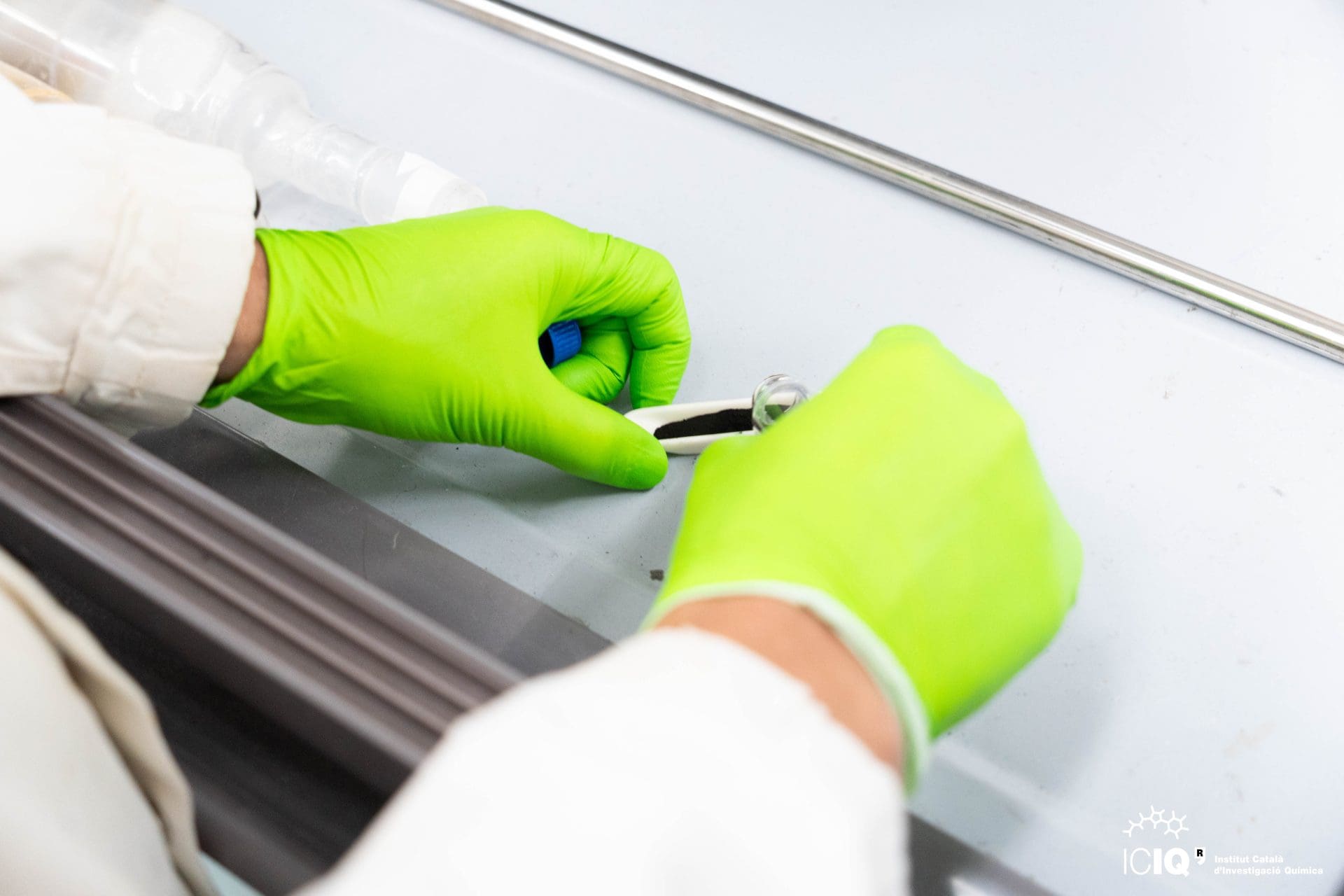Selective adsorption of CO₂ in TAMOF-1 for the separation of CO₂/CH₄ gas mixtures
TAMOF-1 is a robust, highly porous metal–organic framework built from Cu2+ centers linked by a L-histidine derivative. Thanks to its high porosity and homochirality, TAMOF-1 has shown interesting molecular recognition properties, being able to resolve racemic mixtures of small organic molecules in gas and liquid phases. Now, we have discovered that TAMOF-1 also offers a competitive performance as solid adsorbent for CO2 physisorption, offering promising CO2 adsorption capacity ( > 3.8 mmol g–1) and CO2/CH4 Ideal Adsorbed Solution Theory (IAST) selectivity ( > 40) at ambient conditions. Moreover, the material exhibits favorable adsorption kinetics under dynamic conditions, demonstrating good stability in high-humidity environments and minimal degradation in strongly acidic media. We have identified the key interactions of CO2 within the TAMOF-1 framework by a combination of structural (neutron diffraction), spectroscopic and theoretical analyses which conclude a dual-site adsorption mechanism with the majority of adsorbed CO2 molecules occupying the empty voids in the TAMOF-1 channels without strong, directional supramolecular interactions. This very weak dominant binding opens the possibility of a low energy regeneration process for convenient CO2 purification. These features identify TAMOF-1 as a viable solid-state adsorbent for the realization of affordable biogas upgrading.

Capelo-Avilés, S.; de Fez-Febré, M.; Balestra, S. R. G.; Cabezas-Giménez, J.; Tomazini de Oliveira, R.; Gallo Stampino, I. I.; Vidal-Ferran, A.; González-Cobos, J.; Lillo, V.; Fabelo, O.; Escudero-Adán, E. C.; Falvello, L. R.; Parra, J. B.; Rumori, P.; Turnes Palomino, G.; Palomino Cabello, C.; Giancola, S.; Calero, S.; Galán-Mascarós, J. R.
Nat Commun 2025, 16, 3243
DOI:
10.1038/s41467-025-58426-w
Associated projects:
-
NEWBOUND
Electrolysis is a promising technology to support the industrial decarbonization. Substitution of fossil by green fuels obtained from renewable energy and electrolyzers could transform the energy cycle, allowing for a rapid transition towards sustainable processes. Electrolysis advantages go even further. It could also contribute to the industrial electrosynthesis of chemical commodities. However, improved low-cost, fast and efficient processes are needed. And also highly selective to attempt the large scale electrosynthesis of chemical products. Our research team has studied electrocatalysts for the oxygen evolution reaction (OER), the bottleneck for the production of green hydrogen from water.
See more -
SUPERVAL
In the road to sustainability, the treatment of post-combustion emissions is still far from being techno-economically viable. On one end, the low concentration of CO2 in these streams, precludes the use of current carbon capture (CC) technologies. On the other end, even if CC were successfully implemented, there are not plausible final uses, maybe except geological long-term storage. Our ambitious proposal aims to investigate the viability of a technology able to tackle these challenges at once. Our SUPERVAL technology will develop scientific solutions from low-cost, non-critical raw materials and processes, with the added value of removing/valorizing the NOx contaminants from flue gas.
See more

Let's create a brighter future
Join our team to work with renowned researchers, tackle groundbreaking
projects and contribute to meaningful scientific advancements






















